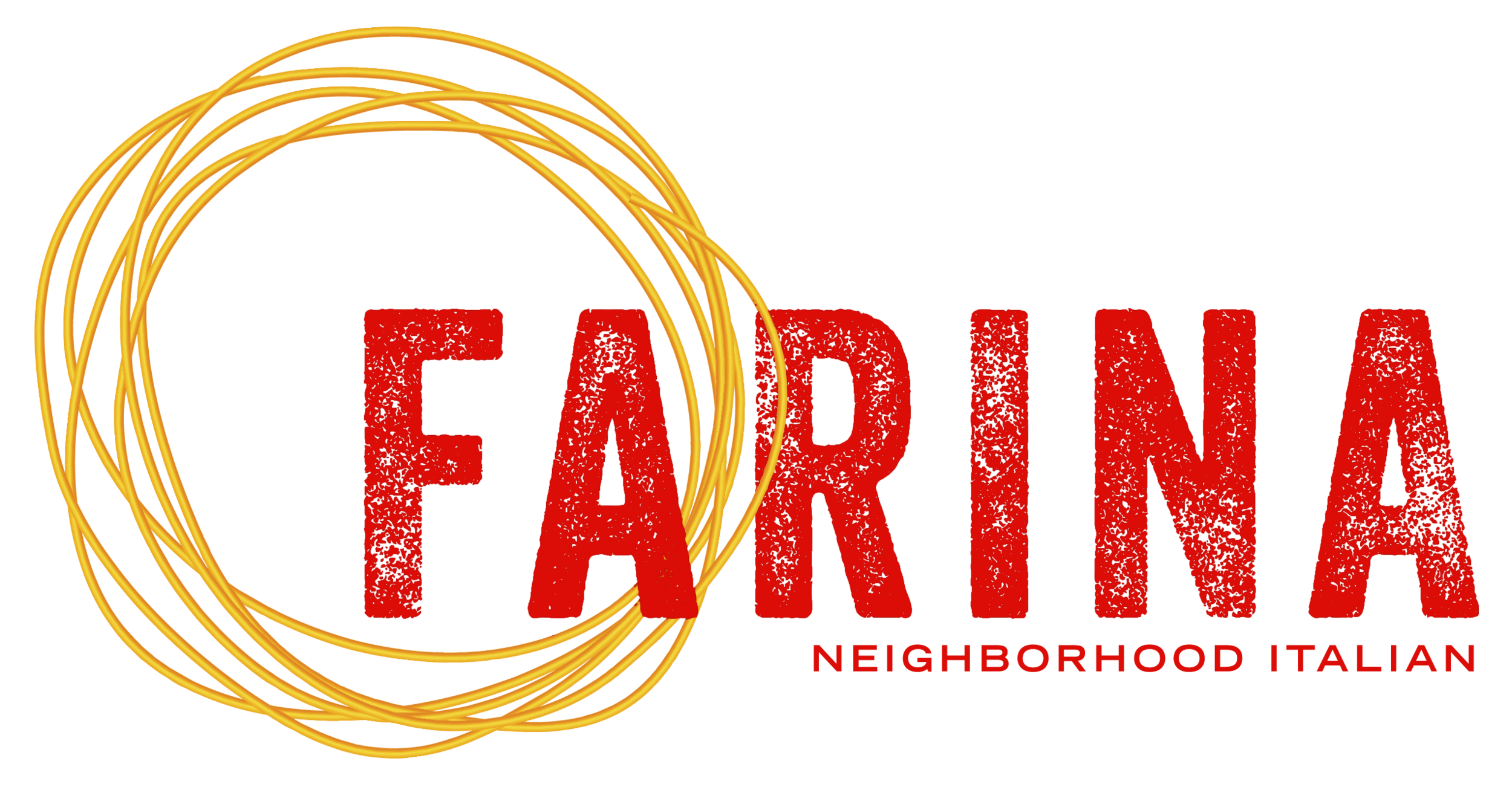Where do corks come from?
The Cork Oak Tree is found in the Mediterranean (Spain and Portugal.)
Laws dictate that a tree must grow for 25-34 years before the first harvest. This is done by a person called an extractor and it is done in a special way to make sure the tree can continue to grow and produce more cork. The first "virgin harvest" cannot be used for wine corks. The tree then needs to grow for another 9-12 years (by law) between each harvest of the bark to make corks. Extractors in Portugal make about $100 per day. The average for the country is $900 per month. Interesting job!
The bark goes through a months-long process of curing, cleaning, processing, and grading. Then the best planks are hand pinched for corks. The rest will be ground up to make technical corks. The corks may then be further cleaned and sterilized. Next, the corks are sorted and graded by machine and by eye. The top-grade ("gentle") cork will be the most expensive, and will be used to make the wine bottles complete! A single cork can cost as much as $0.50 each
The lifespan of the Cork Oak tree is between 150 and 250 years, each tree is able to provide around 12 harvests in its lifetime. In the US last year we used 1.2 billion corks. Cork oak trees in yield between 3,000 and 5,000 corks per tree per harvest. Each year around 13 billion wine corks are produced. That means you need a LOT of trees.
Portugal’s 230-year-old Whistler Tree is reputed to be the largest cork oak in the world. While most cork oaks produce enough cork-age to stop 4,000 bottles, the last Whistler harvest provided enough to stopper 100,000.



